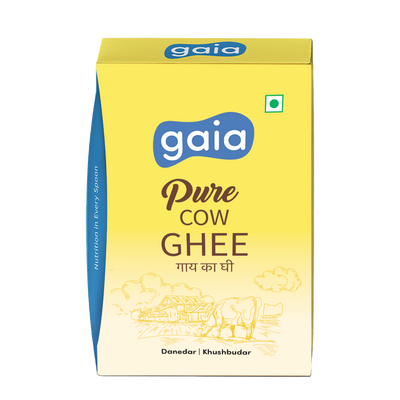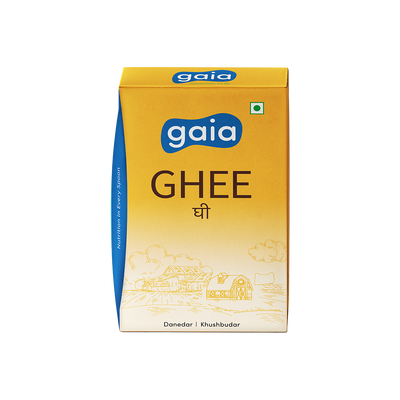Milk myths and truths
Introduction:
Milk has long been a staple in many diets worldwide, cherished for its rich nutrient profile and versatility. However, with the abundance of information available, myths and misconceptions about milk have taken root. In this blog post, we'll debunk some common myths and uncover the truths about this wholesome beverage.
1. Myth: Milk Causes Mucus Production
- Truth: Scientific studies have consistently shown that milk does not increase mucus production. This belief likely stems from the texture of milk, which can create a temporary coating in the mouth, giving the sensation of increased mucus. In reality, milk is not a culprit in respiratory issues.
2. Myth: Milk is the Only Source of Calcium
- Truth: While milk is an excellent source of calcium, it's not the only one. Leafy greens, nuts, and fortified foods also contribute to calcium intake. It's crucial to diversify your diet to ensure you get a broad spectrum of nutrients. Milk remains an important option for those seeking a convenient and rich source of calcium.
3. Myth: Raw Milk is Healthier
- Truth: Raw milk carries a higher risk of bacterial contamination and food borne illnesses. Pasteurization, a process used to heat milk to kill harmful bacteria, ensures the safety of the product without significantly diminishing its nutritional value. Opting for pasteurized milk is a safer choice without compromising health benefits.
4. Myth: Milk is Fattening
- Truth: While whole milk contains higher fat content, there are various options available, such as skimmed and low-fat milk, catering to different dietary preferences. When consumed in moderation, milk can be part of a balanced diet and does not necessarily lead to weight gain.
5. Myth: Only Children Need Milk
- Truth: Milk provides essential nutrients like calcium and vitamin D, crucial for bone health at all stages of life. It's not limited to childhood; adults can benefit from the nutritional value of milk as part of a well-rounded diet.
Conclusion:
Separating fact from fiction is essential when it comes to the myths surrounding milk. This versatile beverage continues to be a valuable source of nutrition, offering a range of health benefits when consumed mindfully. By understanding the truths about milk, individuals can make informed choices that align with their dietary preferences and health goals. Cheers to debunking myths and embracing the goodness of milk!









